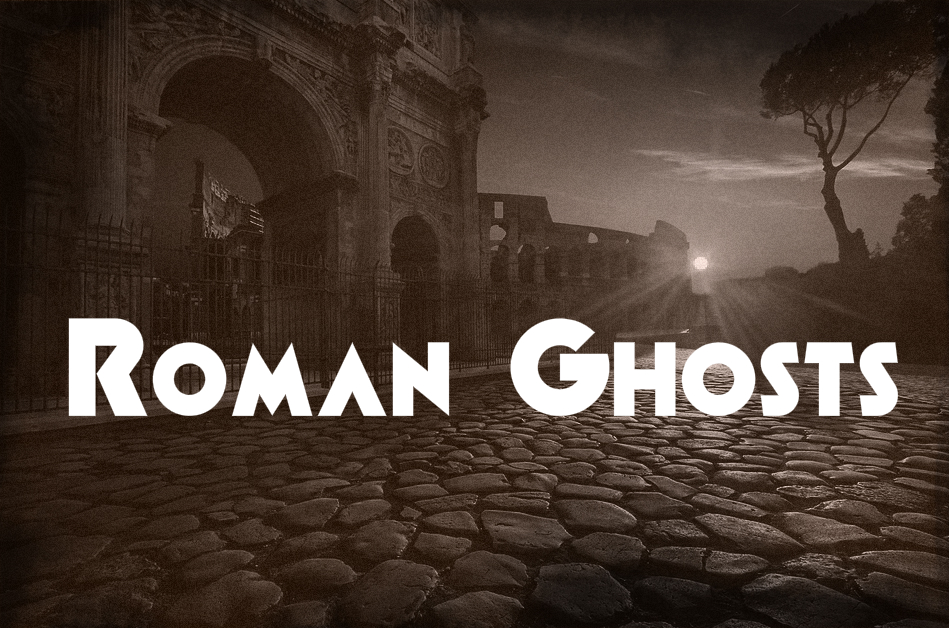
Salvete, History-lovers!
It’s been several months now since our last Roman Ghosts blog post and, seeing as we are in the dark days of winter, I thought it was a good time for a new one that you can read by the light of a warm fire.
If you missed the previous post about the ghostly accounts of Pliny the Younger, you can read it by CLICKING HERE.
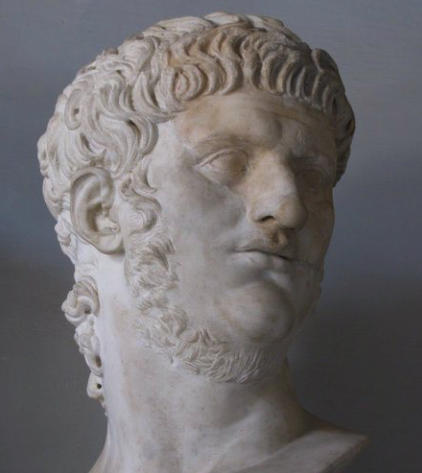
Guess who!
I was doing some research on ghost sightings in the city of Rome when I came across this fascinating story about the only known haunting by a Roman emperor.
Who was this purple-robed spectre?
Why, it was none other than Nero Claudius Caesar Augustus Germanicus, otherwise known as Emperor Nero (A.D. 54-68).
There are numerous stories and much gossip about Emperor Nero, the last of the Julio-Claudian dynasty. It is said he believed he was an actor and artist, more than anything else. He allegedly fiddled his way through the burning of Rome, and subsequently blamed the Christian community for doing it. His torture of the Christians after that has become the stuff of horrible legend.
Another of the labels applied to this young megalomaniac was that of a ‘matricide’, for Nero was supposed to have made three attempts on the life of his overbearing mother, Agrippina the Younger. He tried drowning her, and crushing her in a planned ‘accident’, and when neither of those worked, he had his men slay her.
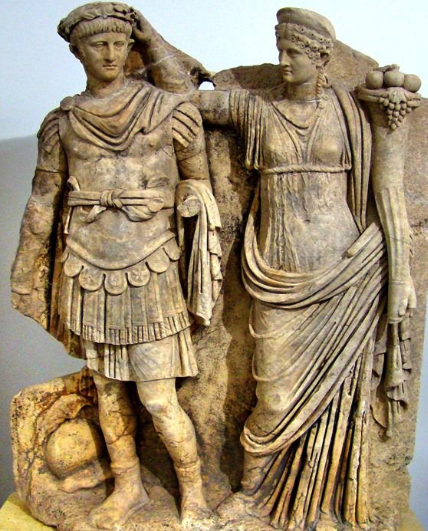
Emperor Nero and Agrippina the Younger. Is she fixing his corona for him? Oh, Mother!
However, when the deed was done, Nero was haunted by the ghost of his mother for the rest of his days, so much so that he supposedly engaged the services of magicians and necromancers to help rid him of the Furies he believed to be harassing him, and to conjure the ghost of his mother so that he could ask her to leave him alone.
I guess it never was easy for a young Roman man to be completely rid of his mother!
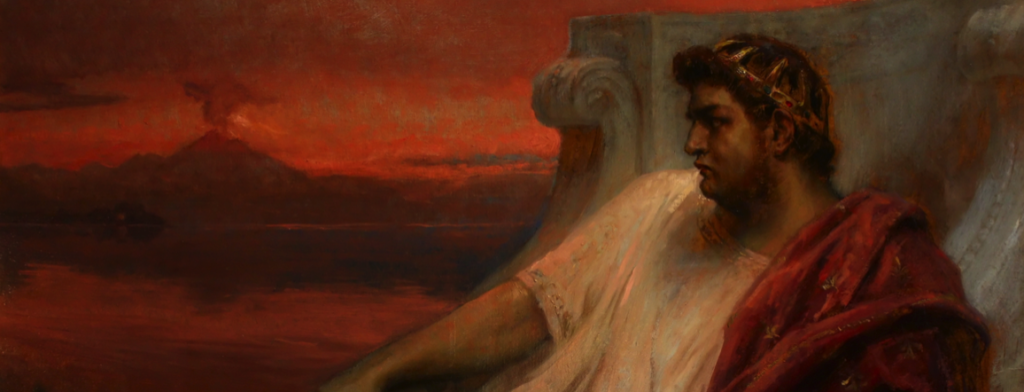
Needless to say, Emperor Nero was a tortured soul.
But we are not here to determine whether the rumours about Nero were true or not. We are here to talk about the story of what happened after his death.
It seems that after he departed the mortal world, the shade of Nero lingered in Rome, and his is the only known imperial ghost on record.
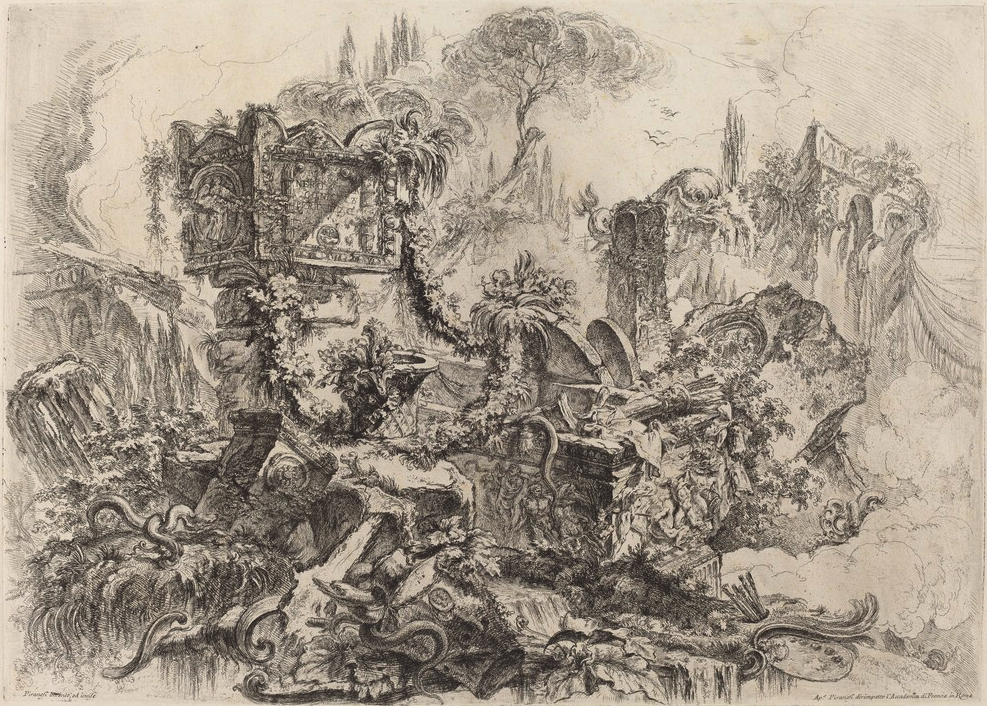
Antiquarian print of Nero’s tomb after it was dug up.
You see, after his suicide, Nero was buried in the tomb of the Domitii Ahenobarbi, the family tomb at the foot of the Pincian hill. This was located near a grove of poplar trees in what is now the Borghese Gardens near Piazza del Popolo.
Legend has it that in the place where the tomb of Nero was located, adjacent to the Porta Flaminia, a sort of nut tree sprouted, and this tree was filled with black crows.
It was said that about the tree, or in it, Emperor Nero’s ghost continued his lavish feasts, except now he dined alongside demons and witches!

Over the centuries, Romans living in the area of the Pincian hill, near the Porta Flaminia, reported feelings of terror, possessions, beatings and injuries, inexplicable strangulations and killings. Hundreds of years later, in 1099, Nero’s ghost and his wicked dinner companions were still bothering the living.
Frightened Romans complained to Pope Pasquale II about the spectre and the terrible goings on around the tree at the foot of the Pincian hill. The pope stepped up and performed an exorcism in the area which ended with him striking the tree itself. When the pope did this, a series of loud screams apparently rent the air.
Pasquale II ordered the tree torn down then, and when it was removed, they found Nero’s tomb buried beneath it, among the tangled roots. The pope ordered the tomb and its contents to be thrown into the Tiber, and ordered a church built on the site, the altar of which was placed overtop of the spot where the tree had been.
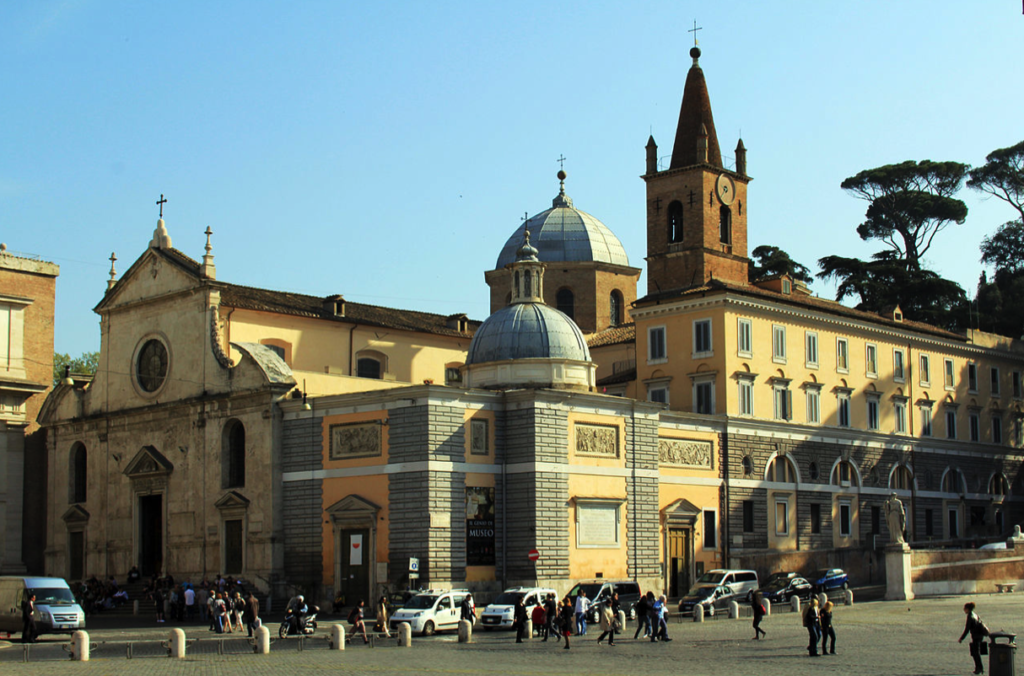
Chiesa de Santa Maria di Popolo, built on the site of Nero’s tomb.
In 1475, Pope Sixtus IV enlarged the church that Pasquale built, and it was re-consecrated as the Chiesa de Santa Maria di Popolo.
Apparently, the hauntings of Nero did stop after the original chapel was built in 1099, however, it is said that some people still report supernatural activity there.
Who knows for certain…
What we can be pretty sure of, if one believes in such things, is that in a city as ancient and populated as Rome, there were plenty of ghosts to go around. But there was only one imperial ghost…the ghost of Nero!







Great ghost story. Adam I never did take to Nero anyway.
Thank you, Rita Yeah, Nero is not my favourite either. Glad you liked this post!
Yeah, Nero is not my favourite either. Glad you liked this post!
What a wonderful story. It makes me want to write a ghost story. More please!
Glad you enjoyed it, Keith It is a great story, and more Roman Ghost posts will be coming. In the meantime, you should write a ghost story! Cheers!
It is a great story, and more Roman Ghost posts will be coming. In the meantime, you should write a ghost story! Cheers!